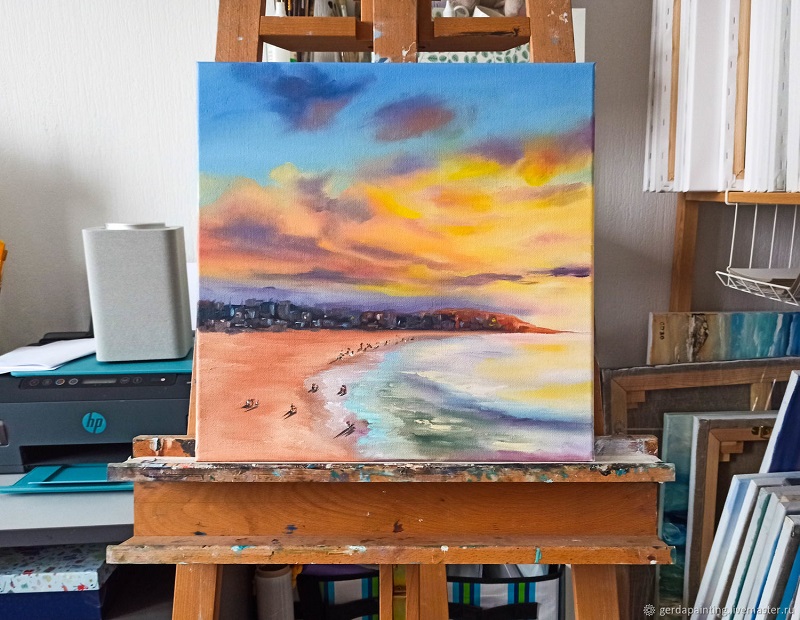Tips for painting beginners

Introduction
Painting is a great way to express yourself, but it’s not always easy. If you’re new to art or just want some tips on how to get started, this article will help!
start small.
Start small. Painting a landscape is much easier than painting a portrait, and it’s even easier if you’re just starting out. You can always paint over it later if you don’t like it—but that’s not quite as much of an option when you’ve committed yourself to something larger than your fist size.
Start small, then move up in size and complexity as you become more comfortable in your abilities.
invest in tools.
The best way to start is by investing in the proper equipment. You should buy good quality brushes and paints, canvases and paper. Don’t use cheap tools that will break quickly or produce bad results.
The most important thing about painting is the materials you use: if they’re not of high quality, your paintings will be mediocre at best (and probably not worth keeping).
use simple compositions and limited palettes.
When you’re starting out, it’s easy to get overwhelmed by all the different types of art supplies and techniques. With so many choices available, it can be hard to know where to start.
One way to simplify your process is by limiting yourself to only a few colors in your palette. This will allow you to focus on one thing at a time—and it also means that you’ll spend less time looking for paint colors when painting!
practice the basics of drawing and painting (e.g., values, edges, correct proportions).
Drawing and painting are skills that can be learned.
Practice is important, but it’s not enough to just practice. You need to learn how to properly draw and paint by studying books, online tutorials and other artists’ work. You also need to look at real world subjects in order for your technique to improve over time, which means going outside more often!
study great art and other artists’ work.
- Study the masters. The best way to learn how to paint is by studying great art and other artists’ work. Don’t just look at contemporary paintings, though; study art history as well!
- Look for patterns in nature: patterns can be found throughout nature, which makes them an excellent source of inspiration when painting something abstract or naturalistic. For example, if you see leaves blowing around in a windy day (or whatever else), consider taking those leaves and incorporating them into your work somehow—maybe it will help make it more interesting by adding contrast between different textures or shapes?
study light and shadow or color theory.
Color theory is the study of color, its relationship to light and space. It’s important that you understand how colors work together so you can use them effectively in your paintings. Color theory basics:
- The three primary colors are red, yellow, and blue; these three combine to create every other color on the spectrum (note: violet is also known as purple). Red + yellow = orange; blue + red = purple; yellow + blue = green; red + green = brown.
- When mixing paint together, keep in mind that some pigments will sink into other pigments below or above it on the spectrum—this means that if you mix magenta and cyan paints together they’ll make purple instead of black! Make sure not only which pigments go together but also what direction they face when mixed together too!
